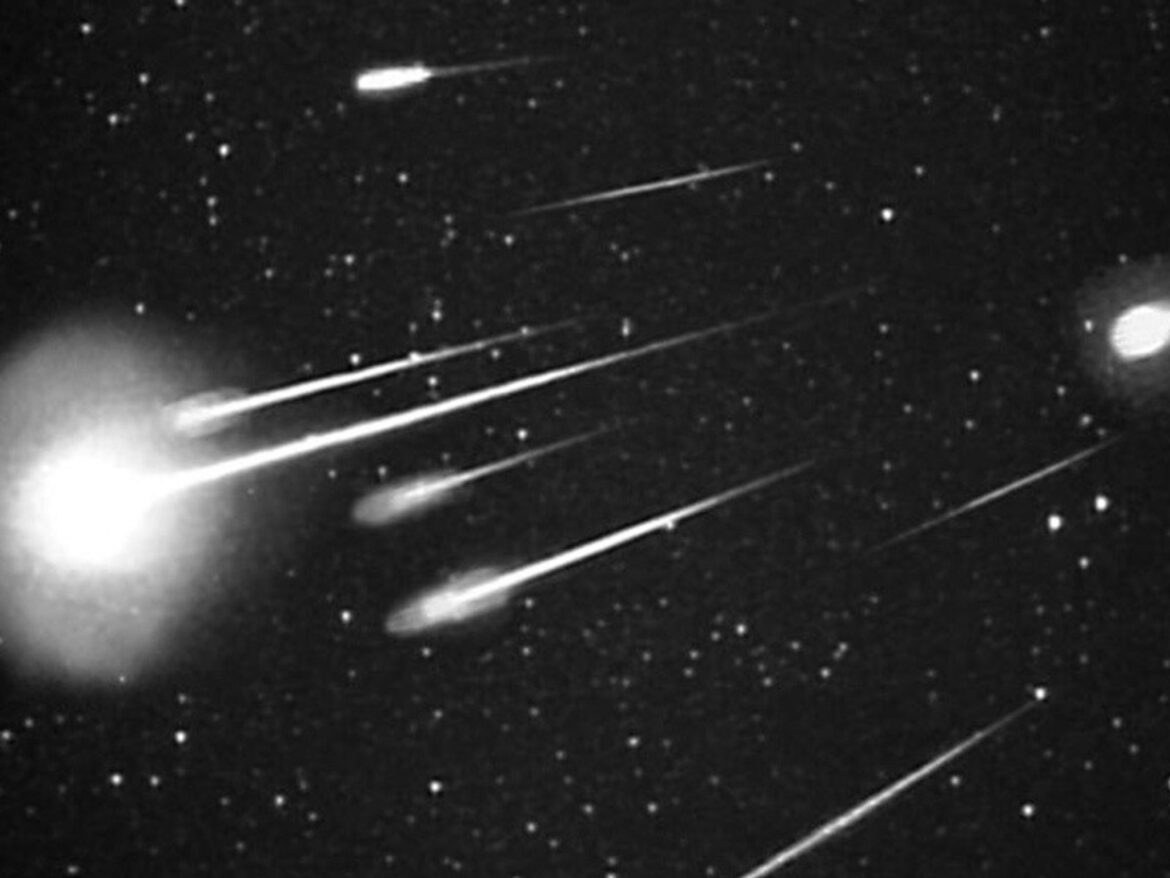More than a year after a four-pound meteor crashed into one Township residence, stargazers are again buzzing with anticipation of one of the biggest annual meteor showers, which peaks this week.
The so-called Leonids meteor shower, which happens annually throughout November, will be most active on November 16 and 17. It is considered a major shower, according to the American Meteor Society, considering that each year Leonids meteors are among the brightest, most colorful and fast, traveling at speeds of 44 miles per second.
Like the name suggests meteor showers consist of an array of meteors that appear to radiate from a single point in the night sky. They’re actually leftover comet particles — debris entering earth’s atmosphere at super high speeds. The Leonids shower will look as though it is radiating from the constellation Leo the Lion. Some years, observers have reported these autumn meteors look more like a “storm” than a shower, like in 1966 when thousands of Leonids meteors per minute fell through the earth’s atmosphere, according to NASA. The last such Leonid “storm” was in 2002.
The International Astronomical Union has recorded more than 900 suspected showers in its Meteor Data Center, but Leonids are among the easiest for people to see. Leonids are best viewed starting at about midnight local time, from an area well away from the city or street lights. NASA advises: “In less than 30 minutes in the dark, your eyes will adapt and you will begin to see meteors.” On a clear night sky, the spectacle is visible throughout the Northern Hemisphere and will last until dawn.







